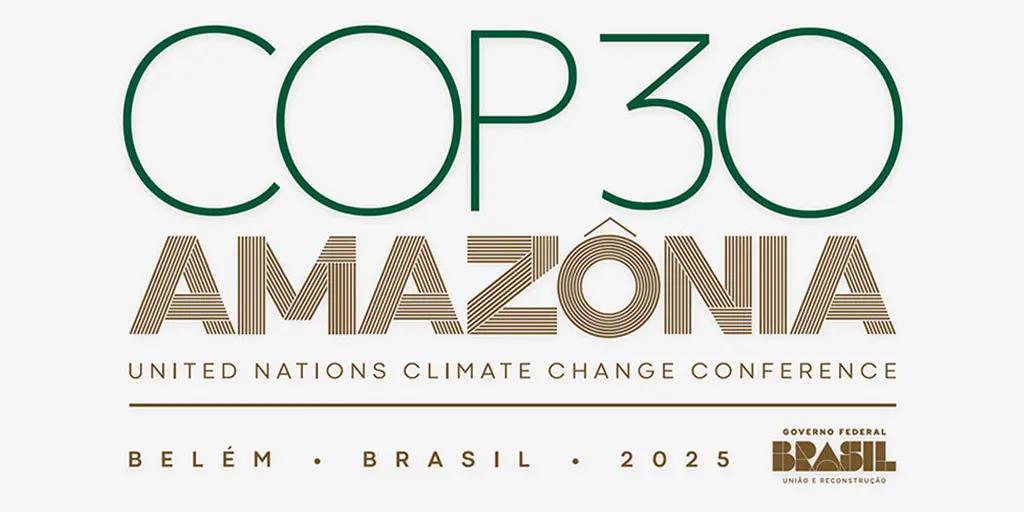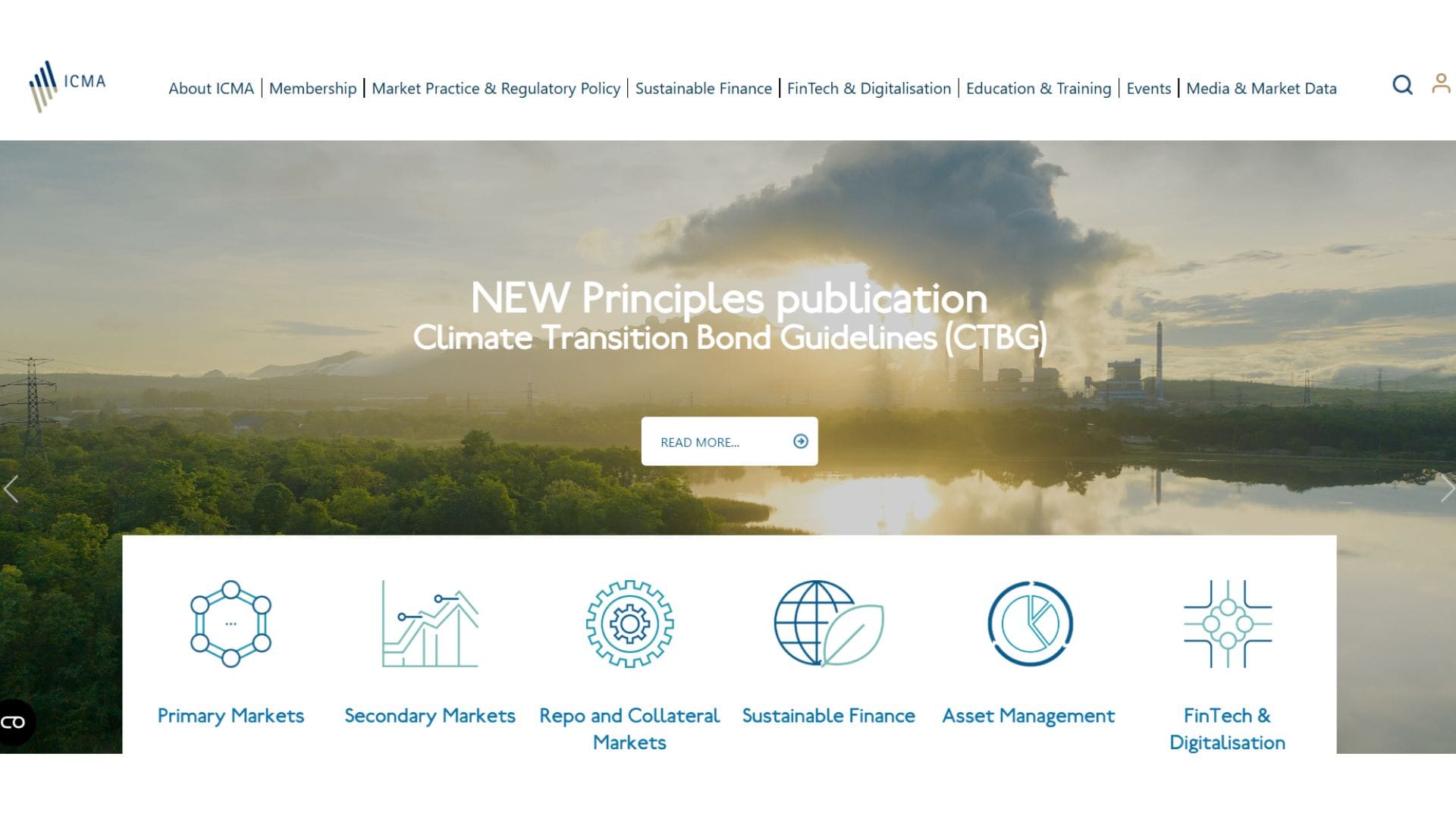Summary
India has set ambitious climate goals, including a 45% reduction in the emissions intensity of its gross domestic product (GDP) by 2030 (from 2005 levels) and achieving net-zero emissions by 2070. Achieving these targets will require policy interventions, including the introduction of carbon pricing…
Source: Hindustan Times

AI News Q&A (Free Content)
Q1: What is the current status of carbon taxes in India, and how are they expected to influence the country's net-zero targets?
A1: India's carbon tax rate is currently one of the lowest globally, at approximately US$1.6 per tonne of CO2 emissions. The implementation of a more comprehensive carbon taxing system could potentially aid India in achieving its net-zero emissions target by 2070. By increasing the tax rate, India can reduce emissions significantly, as projected reductions could reach up to 30% of India's emissions by 2030. The revenue generated could support clean energy initiatives and climate adaptation projects.
Q2: How does the Indian carbon market aim to facilitate the transition to a net-zero economy?
A2: The Indian carbon market, introduced through the Energy Conservation (Amendment) Bill, 2022, seeks to reduce fossil fuel consumption by promoting non-fossil energy sources like green hydrogen and bioethanol. The Indian National Carbon Trading Scheme, slated to become the world's largest carbon market by 2030, will help trade Renewable Energy Certificates and Energy Savings Certificates. This market aims to integrate carbon allowances, aligning with global standards and ensuring competitive advantage against international carbon tariffs.
Q3: What role does coal power play in India's strategy to achieve net-zero emissions, and what are the suggested retrofitting strategies?
A3: Coal power contributes over 60% to India's total power generation, posing a significant challenge to the country's net-zero goals. Strategies such as retrofitting coal plants for carbon capture and storage, alongside biomass co-firing, are being considered. These measures are projected to be necessary by 2035, reducing dependency on unabated coal and aligning electricity generation with stricter carbon caps, while leveraging renewable energy resources to lower carbon abatement costs.
Q4: How are economic models using neural networks contributing to India's climate-economic strategies under uncertainty?
A4: Recent studies have introduced neural network-based approaches to tackle high-dimensional climate-economic models under uncertainty. These models help in optimizing climate policy decisions by capturing dynamic interactions between uncertainty and technological transitions. By efficiently modeling these complexities, policymakers can better evaluate and implement effective mitigation strategies, ensuring that India's climate policies are robust against uncertainties.
Q5: What are the economic implications of implementing a carbon tax in India, according to recent research?
A5: Implementing a carbon tax in India, such as a $25 per tonne CO2-equivalent tax, could yield monetized welfare benefits equating to 1.4% of GDP by 2030. This tax could generate revenues amounting to 1.3% of GDP, which, if invested in public infrastructure and green projects, could marginally boost economic growth. Nonetheless, the introduction of such a tax must be balanced with economic growth and industrial competitiveness.
Q6: How does the concept of carbon pricing integrate into India's broader climate policy framework?
A6: Carbon pricing in India, primarily through fuel excise taxes, covers around 54% of greenhouse gas emissions. Despite the absence of an explicit carbon tax, these implicit pricing mechanisms incentivize reductions in emissions. The planned introduction of explicit carbon pricing is expected to enhance India's ability to meet its long-term economic and environmental objectives while integrating with global climate frameworks.
Q7: What are the potential challenges and solutions for implementing an effective carbon tax regime in India?
A7: Challenges in implementing a carbon tax in India include potential impacts on public welfare, particularly for low-income households, and the need for phased implementation. Solutions involve reinvesting tax revenues into sustainable energy programs and engaging stakeholders proactively. An effective carbon tax regime must balance economic growth with environmental responsibility and align with India's global climate commitments.
References:
- Net-Zero: A Comparative Study on Neural Network Design for Climate-Economic PDEs Under Uncertainty






